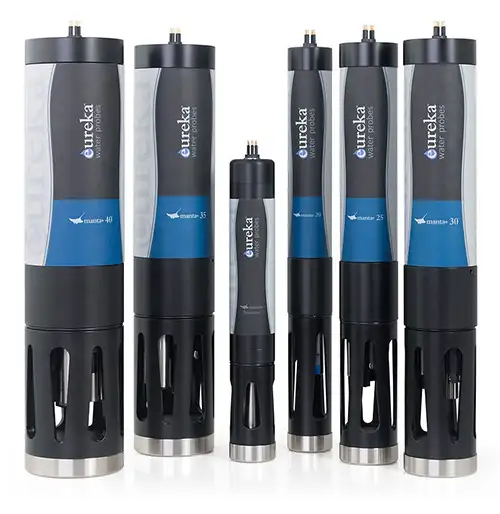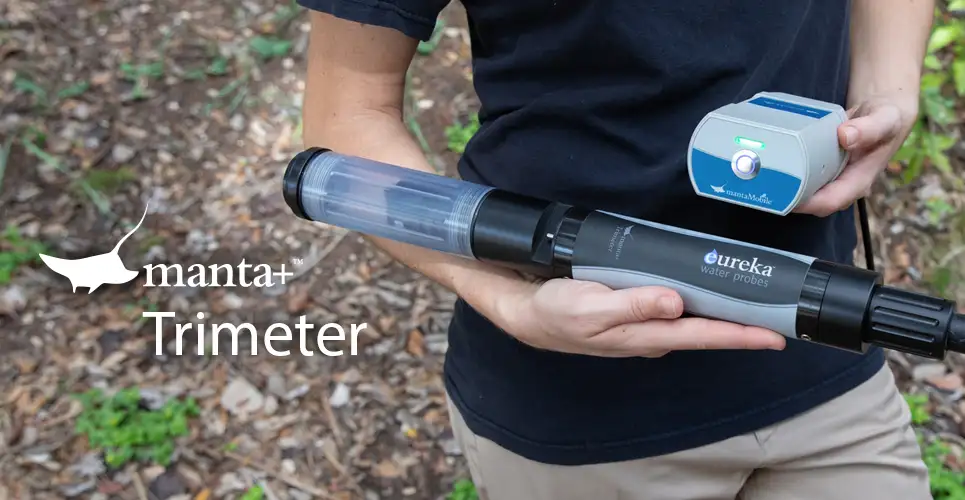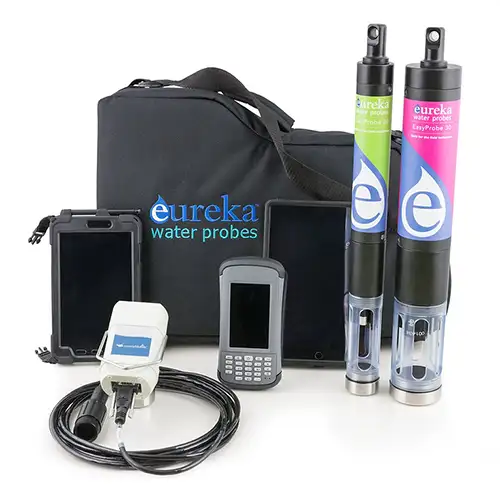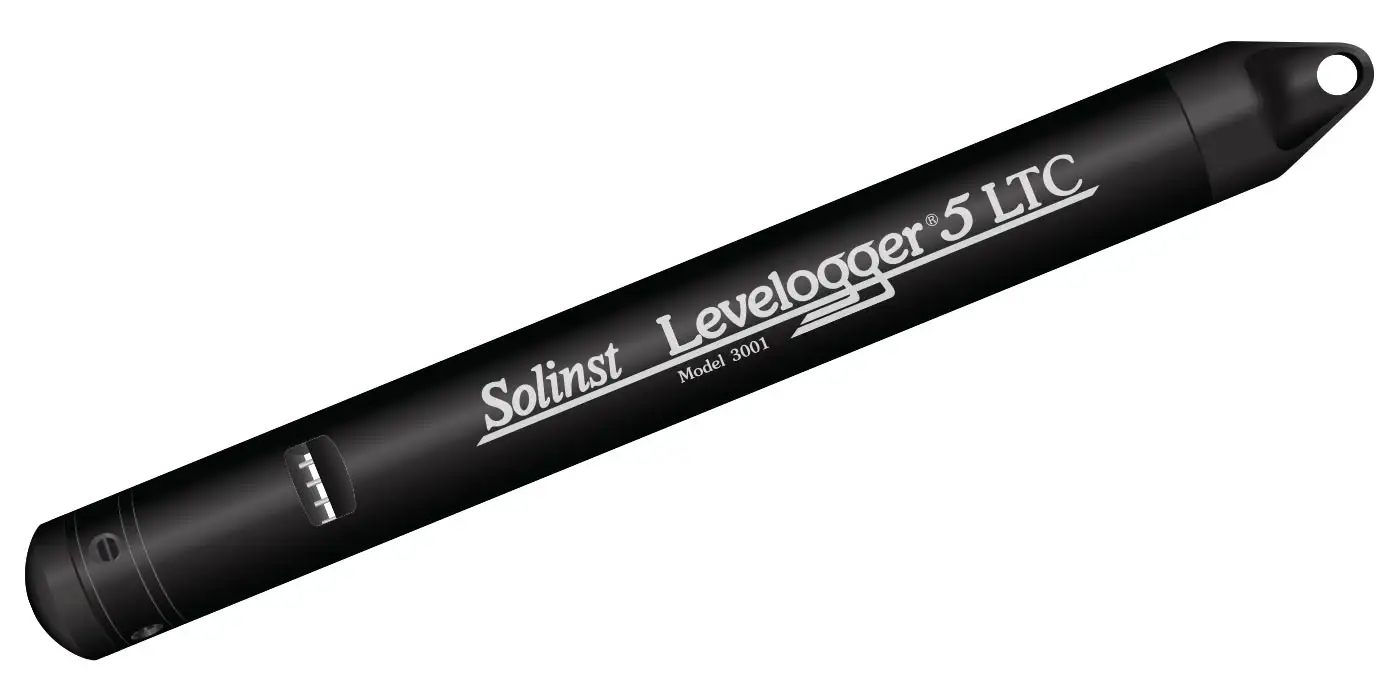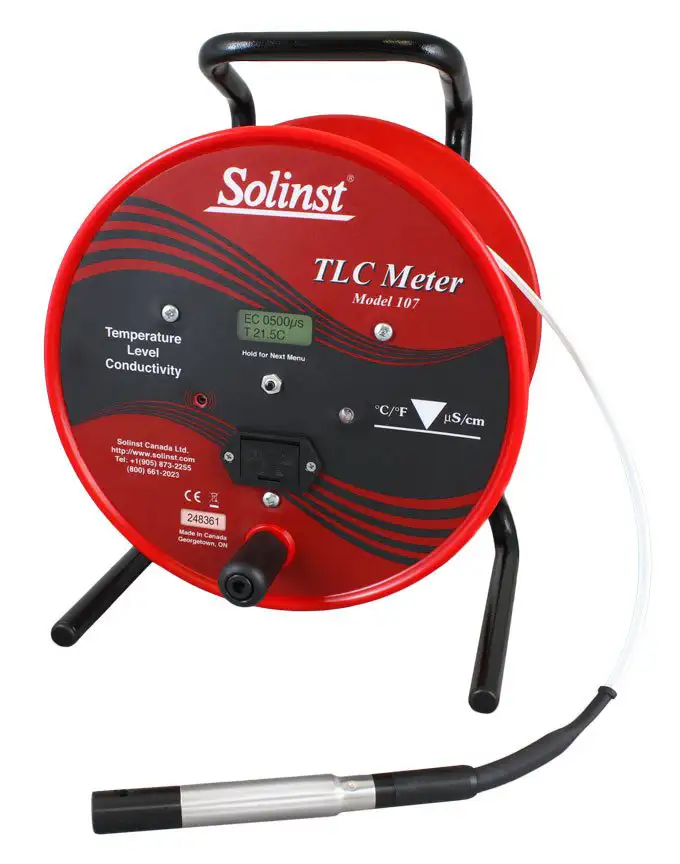Total Dissolve Gas Sensors: Water Quality Monitoring
Solinst Eureka
2113 Wells Branch Pkwy, Suite 4400
Austin, TX, USA
78728
Tel: +1 512-302-4333
Fax: +1 512-251-6842
email: [email protected]
Water Quality Probes
Solinst Eureka, a global leader in the design and manufacture of multiparmeter water quality sondes.
Solinst Field Services
Safeguard your project’s success and mitigate any potential for downtime or additional costs.
Why would I want to measure Total Dissolved Gas?
Total Dissolved Gas (TDG) is the sum of the partial pressures of all gases in a water sample. Normally, the sum of gas partial pressures will be about one atmosphere (15 psi) for any water that is exposed to the atmosphere. The partial pressure of each gas will be the same as that’s gas’s contribution to atmospheric pressure, i.e. about 20% oxygen, 79 % nitrogen, and 1% trace gases.
However, certain natural phenomena can change the sum of partial pressures and the relative constituents of the gas mixture. For instance, an algae colony can raise the partial pressure of oxygen from 20% of the total pressure to 60% or more of the total as the algae create oxygen during photosynthesis. Those same algae can reduce the Total Dissolved Gas pressure to dangerously low levels as it consumes oxygen during its respiration phase.
The most common reason for measuring Total Dissolved Gas is detection of abnormal gas pressures caused by turbulent water, for instance that in the spillway of a dam. Water falling a significant distance before splashing into a lake or river can entrain enough gas to double the Total Dissolved Gas in the affected water volume. And as fish swim into, and out of, the aberrantly high Total Dissolved Gas in water, sudden decreases in Total Dissolved Gas can rupture blood vessels in the gills, and sudden increases in Total Dissolved Gas can burst swim bladders.
Changes in long-term Total Dissolved Gas trends can signal the need for more detailed chemical study of the water and its contamination sources.
How is TDG Total Dissolved Gas measured?
Total Dissolved Gas is measured by creating a small gas pocket adjacent a pressure transducer, and isolating that gas pocket from the water with a polymer membrane. Because the membrane is permeable to gases, there must be equilibrium between the partial pressures of the gases inside the gas pocket and the gases in the water
If the Total Dissolved Gas sensor is in air, it should produce a reading close to the local barometric pressure (about 760 mm Hg at sea level). If the sensor is immersed in water in equilibrium with the air, the reading will not change. If the sensor is immersed in water that is not in equilibrium with the air, the sensor reading will adjust upward or downward as gas travels across the membrane to reach partial-pressure equilibrium with the water.
Total Dissolved Gas sensors are factory-calibrated for slope response, but occasionally must be re-calibrated for zero setting. This is done by calibrating the sensor to the local barometric pressure in air.
What shoud I know about TDG Total Dissolved Gas measurement in the field?
It is important to remember that the Total Dissolved Gas sensor’s polymer membrane tends to absorb water. Water absorption makes it difficult for gas molecules to travel through the membrane, thus slowing the response time. The change can be significant, from 5 minutes for a freshly immersed membrane, to 30 minutes or more for a membrane that has been in water for a few hours.
In some cases, water vapor (which is a gas constituent, just like oxygen and nitrogen) will condense inside the gas pocket. This will further slow the response time because the trapped water must also be brought into equilibrium any time the Total Dissolved Gas changes outside the membrane. As a remedy to this problem, soggy Total Dissolved Gas membranes may be removed and dried in air for a day or two, after any condensate inside the membrane has been shaken out. If the instrument needs to be redeployed immediately, the Total Dissolved Gas membrane may also be swapped out with a fresh dry one. Easy to replace membrane tips are available at a nominal cost.
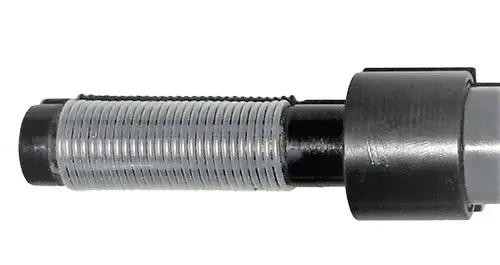
Total Dissolved Gas Sensors for
Water Quality Sondes
- Range
400 – 1400 mm Hg - Accuracy
±1 - Resolution
0.1 mm Hg - Units
mm of Hg - Calibration
no user calibration needed - Maintenance
occasional cleaning - Sensor Life
5+ years - Sensor Type
pressure transducer with
gas-permeable membrane
Solinst Eureka’s TDG Sensor Features
Solinst Eureka’s TDG (Total Dissolved Gas) sensor is similar to others in the water quality monitoring industry. However, Solinst Eureka is one of the few multiprobe manufacturers that offers a Total Dissolved Gas sensor that may also be installed on a multiprobe along with additional sensors, such as dissolved oxygen, turbidity, pH and conductivity. A Total Dissolved Gas sensor coupled with additional sensor parameters offers a more comprehensive data set for best analysis of a given site. It also eliminates the need to buy dedicated Total Dissolved Gas measurement instruments.
Related Products
Manta Series Water Quality Probes
Solinst Eureka offers the largest selection of water quality sensor technologies in the industry. So in addition to standard configurations, each probe may be customized for your specific application. Pick sensors of your choice to fully populate larger probes, or add a battery pack to convert a probe to a logging device.
Manta Trimeter Water Quality Probe
The Trimeter holds any one sensor* from the Sensor Parameters list, Plus temperature and depth sensors (both are optional). For example, a Trimeter configuration could be turbidity, temperature, and depth. Another example could be DO and temperature.
EasyProbe: Water Quality Sondes
The EasyProbe, by Solinst Eureka, is a high-performance, cost-effective water quality monitor. It's ideal for spot-checking, remote telemetry, education, research, aquaculture, and more. The EasyProbe20 includes sensors for temperature, dissolved oxygen, conductivity, and pH, while the EasyProbe30 adds a turbidity sensor. Eureka multiprobes are known for their reliability, with a three-year warranty covering all sensors, and have the lowest maintenance costs in the industry.
Water Level, Temperature & Conductivity Datalogging
The Levelogger 5 LTC measures and logs water level fluctuations, temperature and conductivity. It is programmed to record at intervals as often as 2 seconds. It includes an 8-year battery, memory for 100,000 sets of readings, and comes in 6 pressure ranges. A PFAS-free coating (inside and out) provides superior corrosion and abrasion resistance.
TLC Meter – Measure Accurate Temperature, Level & Conductivity
A TLC Meter provides accurate, stable temperature and conductivity measurements, displayed on a convenient LCD display for easy reading. Static water level and depth of readings are read off Solinst flat tape, which is precisely laser-marked every mm or 1/100 ft. Tape lengths are available to 300 m (1000 ft).

